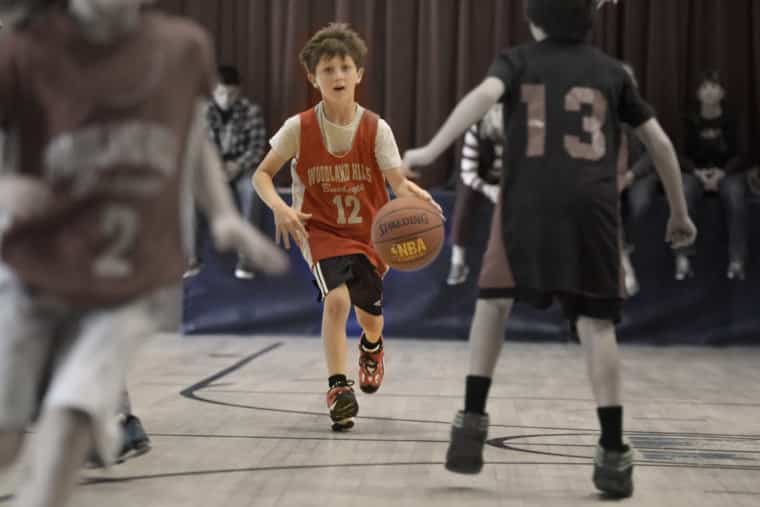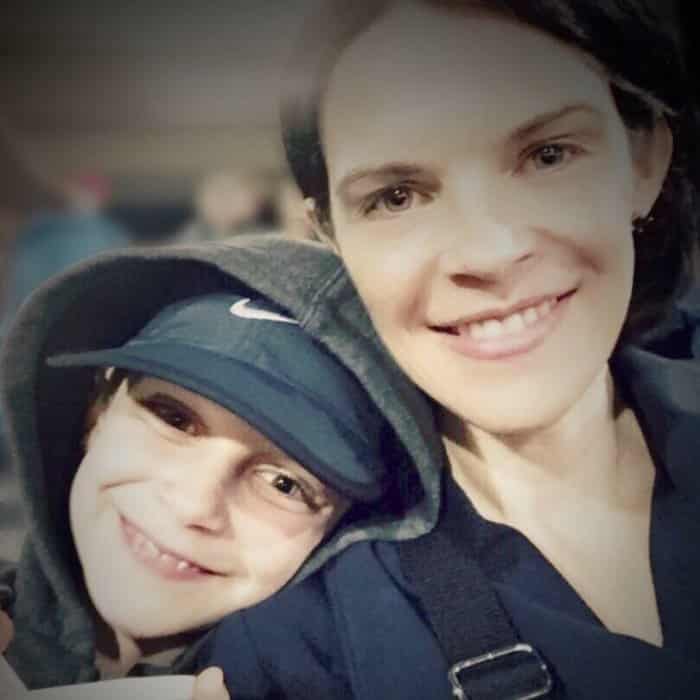
I have been trying to figure out respectful and efficient ways of supporting my six years old unload his negative emotions for a few years. It’s been very hard, even more, because there is no such struggle for me with my two other kids.
He is my eldest son and he has a lot of pent-up, painful feelings from the time my husband and I were fresh parents with no knowledge of what a baby’s inner life looks like. It seems as though lately his daily life just seems to add to those past hurts.
I worry about him because he gets angry very quickly and snaps. He lashes out, throws objects around, or uses foul language. But a few moments of Staylistening with him a few days ago gave me hope that I had finally uncovered one way of being efficient in my support for him. Here's what happened:
Early that evening, I picked up my three kids from school and then dropped him off at his basketball practice. When I left to take my two other kids home, he was in a good mood. He changed his shoes and joined his colleagues for the warm-up.
 But when I returned an hour later to pick him up, I could see something had changed. All the other kids were playing a game, but my son was trotting around.
But when I returned an hour later to pick him up, I could see something had changed. All the other kids were playing a game, but my son was trotting around.
When he saw me, he frowned, stuck out his tongue, turned his back and kicked a bottle of water that was on the floor. His jacket and backpack were lying on the floor too and I guessed he had thrown them there.
His coach approached me and told me that she had no idea what had happened. At some point, without any apparent reason, she said, my son had started to run around the room, hit his colleagues and didn't seem to make any sense when he spoke.
I felt scared for him, and completely at a loss to how I might help him in any meaningful way.
Since discovering the Hand in Hand tools, I’ve tried numerous times to staylisten to him. The approach visibly helps his siblings, but my son seems to get enraged and even more hurt. If I say a few words of support while I am listening to him, words like, “I’m here listening to you,” or “I’m sorry it’s hard for you right now,” it seems to push his buttons and he growls or yells. If I try to take him in my arms his anger swells, he fights and hits me.
Which is why I was feeling helpless in that moment.
So, I decided just to stop ‘trying' altogether, and follow his lead, without trying to think of things to say or do.
I started walking behind him without saying a word. For the next about 10 minutes, he walked around, climbed the wall bars, turned his back to me, or turned to face me and stuck out his tongue or made angry faces.
In the past offering him my physical presence triggers him somehow, so this time I kept my distance, waiting a few meters away from him.
As he moved on, I followed at the same distance, until finally, he ran outside the sports hall. I picked up his stuff and walked calmly after him.
He started climbing on a staircase, usually something I insist he doesn’t do. This time I didn’t say anything.
Then he ran down the hallway and I followed. He stopped at the exit and paused. He was still in his sports T-shirt and still sweating, and for a split second, I asked myself what I'd do if he went out in the cold, rainy school yard.
He tried to force the door, but it turned out to be locked. I stood about three or four meters away, the distance he seemed most comfortable with, and just looked at him.
Then he pointed in the direction of a dark corridor and said to me “I’m going to go that way.”
I didn’t say anything.
He said, “What?”
In a low voice, I said, “I’m listening to you.”
Quickly, asked me, “What do you want?”
“I want to be with you.”
In that instant, his face lit up. He sprinted to me and said, “Ok, I’ll be with you.”
I lowered my body and welcomed him into my lap, hugged him and caressed his hair without saying anything.
Then, he asked me if I wanted to hear what had happened, and I said yes.
He told me that some kids from the practice had laughed at him and called him a monkey for climbing the wall bars. The teacher had also laughed at him, he said. So, he'd lashed out and hit at his colleagues.
I didn’t believe his teacher had actually laughed at him. I've watched her many times and she obviously appreciates my son, and she’s a warm, caring person, and I couldn't imagine her making fun of him. But my opinion did not matter one bit. I didn’t comment in any way because I wanted to make space for him to express his troubles and his interpretation of what had happened.
I made small noises, nodding “Aha” or “Oh” to let him know that I was listening to him, just like I do in my listening partnerships. Over the past six months, I've noticed in my own listening partnerships that several huge revelations about my inner life have occurred at times my listening partners were saying almost nothing.
Then, as quickly as he'd confided in me, he said that he wanted us to go home. I stood up and offered him his  jacket which he accepted. We walked through the rain hand in hand, got in the car and had a snack.
jacket which he accepted. We walked through the rain hand in hand, got in the car and had a snack.
He asked me to play a song he knew. I'd never heard of it, but I looked it up on Youtube and played it, at his request, twice. I almost cried when I heard the lyrics: “I want to sing, to dream and laugh / Never to forget how to play. / And when I go in the wide world / Never to forget to come back home.”
Those poignant words seemed to be my son’s way of expressing his renewed inner peace and joy. I felt deeply connected to him then, and grateful to all the people in my life who have, in one way or another, supported me in getting to a place where I could offer a few moments of meaningful support for my often tormented son.
For more stories about Staylistening and the effect listening can have read In the Eye of The Storm: How To Stay through Staylistening
Is your child aggressive? For help watch this video series on what causes aggression and how you can turn it around.
Listen: Five Simple Tools to Meet Your Everyday Parenting Challenges shows you how to apply Hand in Hand's five listening tools and 100s of real-life examples of the tools in action. Buy it here.

